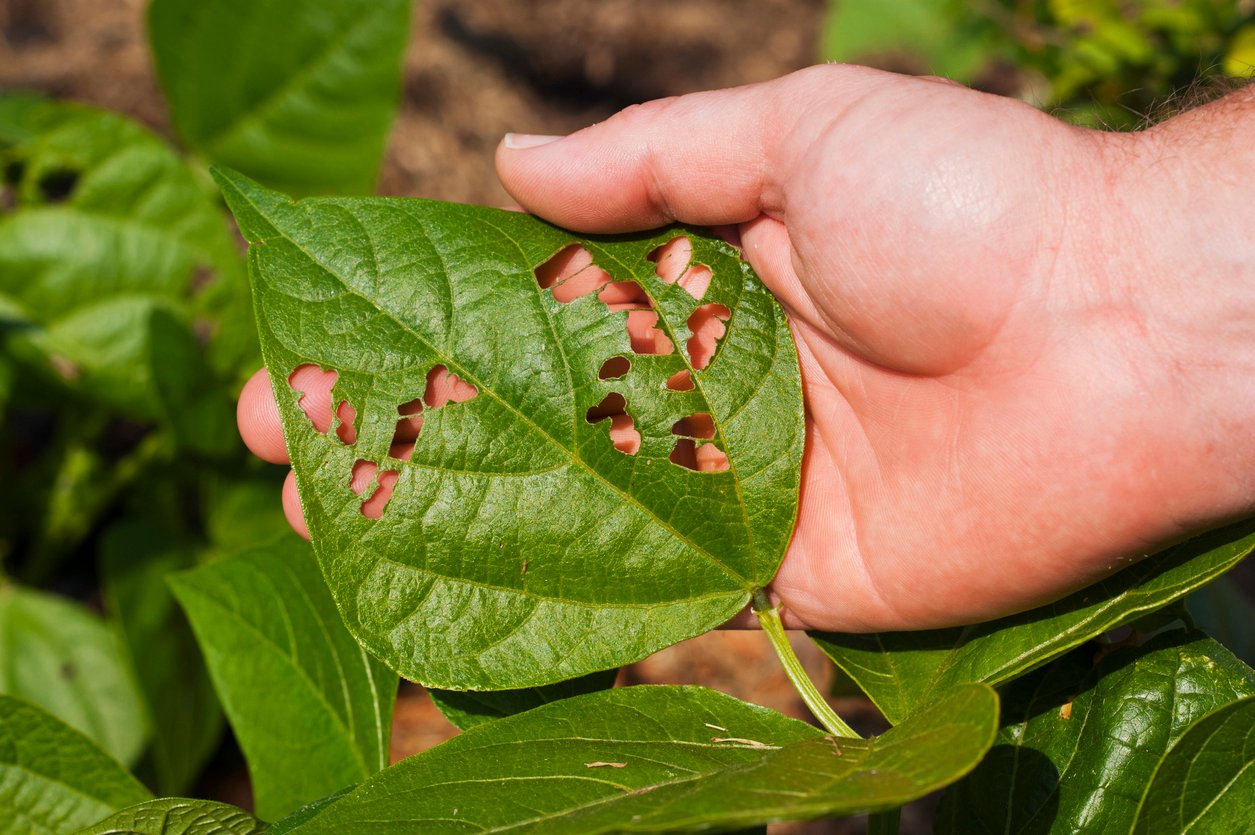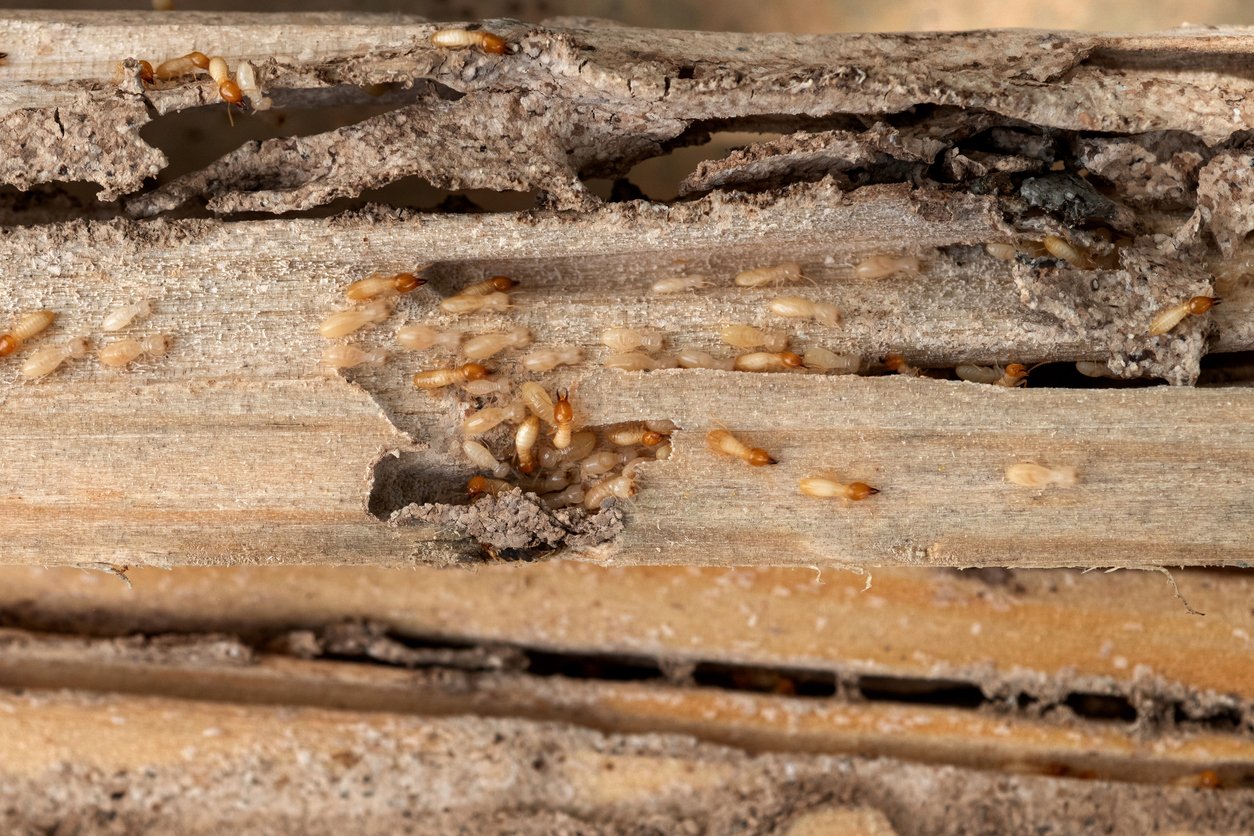Texas Grass Guide: Summer Edition

What type of grass do I have?
The first step in caring for your lawn is to identify the type of warm-season grass you have. In North Texas, there are 3 common types of grass: Bermuda, St. Augustine, and zoysia.

How to identify Bermuda Grass
Bermuda is a low-growing grass with compact light-to-dark green leaves that are finely textured and sharply pointed. There’s usually a ring of small white hairs at the base of the leaves where they meet the stem.

How to identify St. Augustine Grass
St. Augustine is a dense, coarsely textured grass with folded, medium-to-dark green leaves. These leaves are oppositely arranged on the stolon and have a wide, rounded tip.

How to identify Zoysia Grass
St. Augustine is a dense, coarsely textured grass with folded, medium-to-dark green leaves. These leaves are oppositely arranged on the stolon and have a wide, rounded tip.
Zoysia grass has dark green leaves that are sharply pointed or tapered at the tip. The width of the leaf blades varies by species and can be wide or narrow.
Caring for your Texas grass in the summer
May through August is the prime growing season for most grasses in Texas—and it’s also the hottest time of year. So how do you keep your lawn healthy and long-lasting during the summer months? Proper mowing, regular fertilizing, and consistent watering and weed control is key. Find the type of grass you have below and follow these tips for a beautiful lawn.
Bermuda grass summer care
Mowing
- Mow weekly, keeping Bermuda grass 2–3″ high to encourage thick, lush growth. Mowing less frequently leads to thin, leggy grass that’s more susceptible to disease and other issues.
- Don’t cut off more than ⅓ of the leaf blade during a mow to avoid damaging the grass.
- Make sure your mower blades are sharp. Dull blades will shred rather than cut grass, leading to brown, less healthy turf (see image below).

Fertilizing
- Apply 0.5–1.0 lbs of nitrogen per thousand sq. ft. of lawn every 4–6 weeks.
- To fill in bare spots of Bermuda grass, apply up to 1.5 lbs of nitrogen per thousand sq. ft. every 4–6 weeks. Be sure to water those areas enough to encourage growth.
Watering
- Increase your summer irrigation output for Bermuda grass to about 1″ of water per week. When temperatures are 95°F or higher, your grass will likely need more water.
- If you’re unable to water your lawn during dry spells or extreme heat, don’t worry—Bermuda grass will go dormant. Though it turns brown in dormancy, the grass will revive when it receives adequate moisture again.
IRRIGATION TIPS:
- The goal when watering your lawn is to wet the top 6″ of soil (overwatering wastes resources and can encourage weed growth). The type of soil in your lawn will determine how much water it can absorb in one irrigation cycle and how long the water will hold.
- For sandy soil, it’s best to water 0.5″ at a time, 3–4 days apart. While sandy soil can absorb a full 1″ all at once, it won’t be able to hold the water for a week.
- For clay soil, the opposite is true. It’s harder for the soil to absorb water, but it will hold onto absorbed water longer. You may need to water your lawn in shorter periods to get the water to absorb and not run off.
Weed Control
- Be careful with weed control products in the summer—they can damage Bermuda grass when it’s too hot outside. Most products sold at local home improvement stores can harm the grass when temperatures are too high; certain professional products, however, are designed to work in the heat—in some cases, the hotter, the better!
- Avoid using products with methylated seed oil (MSO) or a surfactant in extreme heat since it may also damage surrounding Bermuda grass.
- When spot-spraying weeds in the summer, just lightly mist the weeds without oversoaking the area to avoid damaging your grass.
- Always read product labels carefully and use any recommended safety equipment.

Mowing
- Mow weekly, keeping St. Augustine grass 2.5–3″ high (or 3–3.5″ for shady lawns) to encourage thick, lush growth. Mowing less frequently leads to thin, leggy grass that’s more susceptible to disease and other issues.
- Don’t cut off more than ⅓ of the leaf blade during a mow to avoid damaging the grass.
- Make sure your mower blades are sharp. Dull blades will shred rather than cut grass, leading to brown, less healthy turf (see image above).
- For St. Augustine grass, let the grass clippings naturally mulch your lawn instead of bagging them. This provides a natural boost of fertilizer for the lawn.
Fertilizing
- Apply 1.0–1.5 lbs of nitrogen per thousand sq. ft. of lawn every 6–10 weeks.
Watering
- Increase your summer irrigation output for St. Augustine grass to about 1″ of water per week. When temperatures are 95°F or higher, your grass will likely need more water.
- If you’re unable to water your lawn during dry spells or extreme heat, don’t worry—St. Augustine grass will go dormant. Though it turns brown in dormancy, the grass will revive when it receives adequate moisture again.
IRRIGATION TIPS:
- The goal when watering your lawn is to wet the top 6″ of soil (overwatering wastes resources and can encourage weed growth). The type of soil in your lawn will determine how much water it can absorb in one irrigation cycle and how long the water will hold.
- For sandy soil, it’s best to water 0.5″ at a time, 3–4 days apart. While sandy soil can absorb a full 1″ all at once, it won’t be able to hold the water for a week.
- For clay soil, the opposite is true. It’s harder for the soil to absorb water, but it will hold onto absorbed water longer. You may need to water your lawn in shorter periods to get the water to absorb and not run off.
Weed control
- Be careful with weed control products in the summer—they can damage St. Augustine grass when it’s too hot outside. Most products sold at local home improvement stores can harm the grass when temperatures are too high; certain professional products, however, are designed to work in the heat—in some cases, the hotter, the better!
- Avoid using products with methylated seed oil (MSO) or a surfactant in extreme heat since it may also damage surrounding St. Augustine grass.
- When spot-spraying weeds in the summer, just lightly mist the weeds without oversoaking the area to avoid damaging your grass.
- Always read product labels carefully and use any recommended safety equipment.

Zoysia grass summer care
Mowing
- Mow weekly, keeping zoysia grass 1–2″ high to encourage thick, lush growth. Mowing less frequently leads to thin, leggy grass that’s more susceptible to disease and other issues.
- Don’t cut off more than ⅓ of the leaf blade during a mow to avoid damaging the grass.
- Make sure your mower blades are sharp. Dull blades will shred rather than cut grass, leading to brown, less healthy turf (see image above).
- For zoysia grass, let the grass clippings naturally mulch your lawn instead of bagging them. This provides a natural boost of fertilizer for the lawn.
Fertilizing
- Apply 0.5–1.0 lbs of nitrogen per thousand sq. ft. of lawn every 6–10 weeks.
Watering
- Increase your summer irrigation output for zoysia grass to about 1″ of water per week. When temperatures are 95°F or higher, your grass will likely need more water.
IRRIGATION TIPS:
- The goal when watering your lawn is to wet the top 6″ of soil (overwatering wastes resources and can encourage weed growth). The type of soil in your lawn will determine how much water it can absorb in one irrigation cycle and how long the water will hold.
- For sandy soil, it’s best to water 0.5″ at a time, 3–4 days apart. While sandy soil can absorb a full 1″ all at once, it won’t be able to hold the water for a week.
- For clay soil, the opposite is true. It’s harder for the soil to absorb water, but it will hold onto absorbed water longer. You may need to water your lawn in shorter periods to get the water to absorb and not run off.
Weed control
- Be careful with weed control products in the summer—they can damage zoysia grass when it’s too hot outside. Most products sold at local home improvement stores can harm the grass when temperatures are too high; certain professional products, however, are designed to work in the heat—in some cases, the hotter, the better!
- Avoid using products with methylated seed oil (MSO) or a surfactant in extreme heat since it may also damage surrounding zoysia grass.
- When spot-spraying weeds in the summer, just lightly mist the weeds without oversoaking the area to avoid damaging your grass.
- Always read product labels carefully and use any recommended safety equipment.
Save time and enjoy a beautiful lawn year-round! Let the experts at Moxie take the stress and time investment out of lawn care for you. Call today for a free quote so you can spend your weekends enjoying your yard instead of maintaining it.



